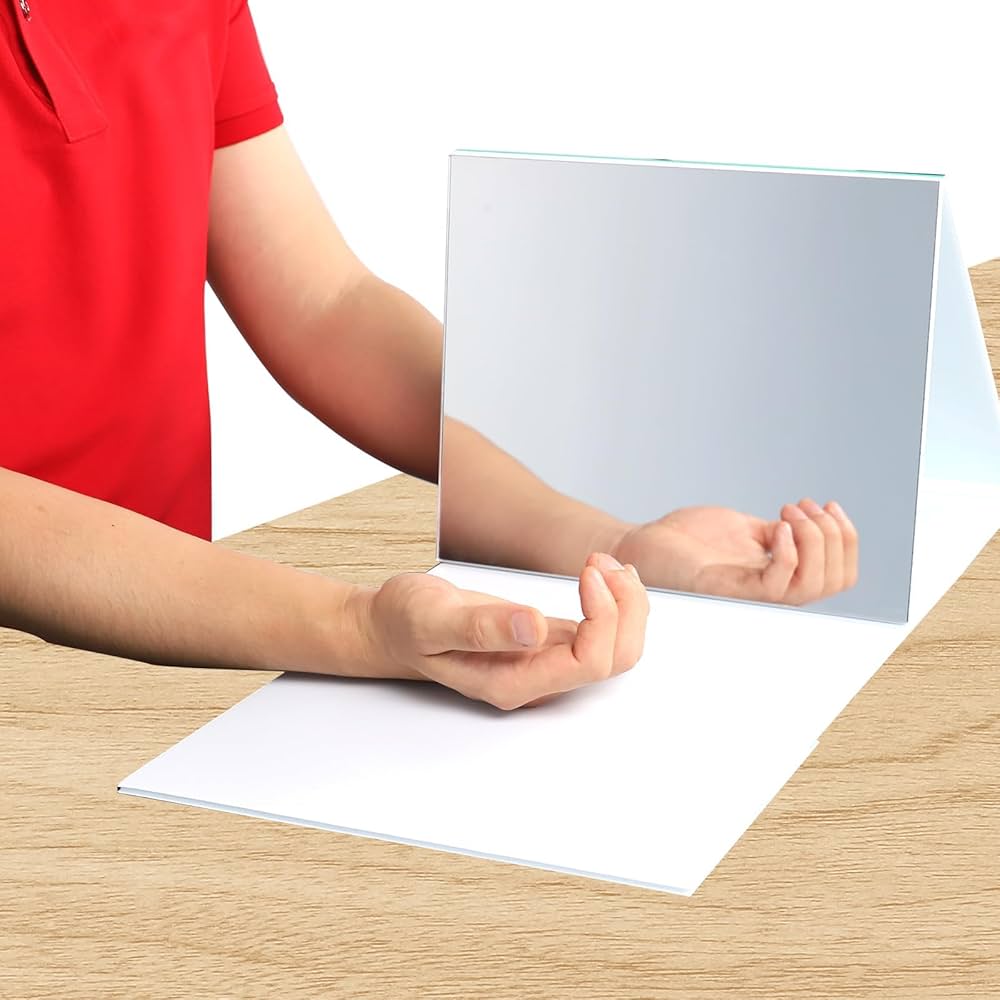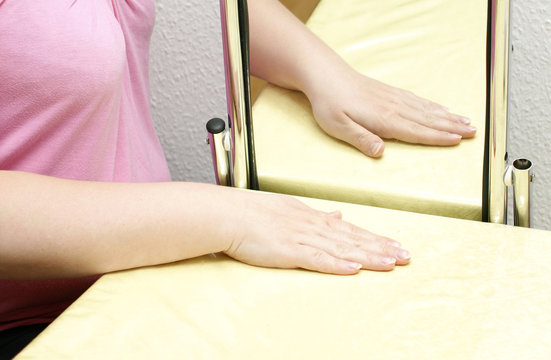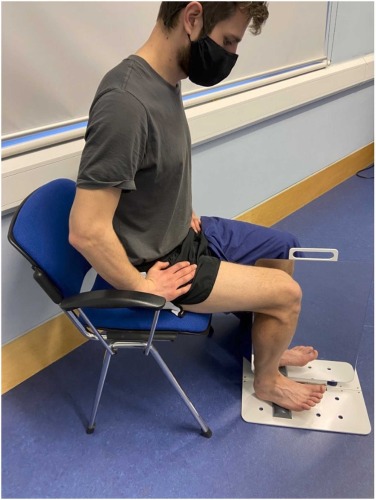What Mirror Therapy Offers

How Mirror Therapy Works
During Mirror Therapy, a mirror is placed in such a way that it reflects the unaffected limb, giving the illusion that both limbs are moving in synchrony. The patient performs exercises with the healthy limb while looking at its reflection in the mirror, which tricks the brain into believing that the affected limb is also moving. Over time, this visual feedback helps rewire the brain and enhances motor function in the impaired limb. Key elements of the therapy include:
- Visual Feedback: By watching the reflection of the unaffected limb move, the brain is tricked into thinking the affected limb is functioning properly, promoting neuroplasticity.
- Repetition of Movements: Mirror Therapy encourages repeated movements, which are vital for rebuilding strength and improving motor control.
- Mental Activation: The brain becomes more engaged in the rehabilitation process by utilizing visual cues and reinforcing motor pathways.
Conditions Treated with Mirror Therapy
Mirror Therapy has been shown to be beneficial for a variety of conditions, including:
Stroke:
Helps individuals regain motor function and coordination in the affected limb.
Phantom Limb Pain:
Provides relief for those experiencing pain in a limb that has been amputated.
Neurological Disorders:
Aids in recovery from conditions like Parkinson’s disease, multiple sclerosis, and cerebral palsy.
Hand Injuries:
Improves recovery in individuals who have suffered hand or arm injuries, especially after surgery or trauma.
Chronic Pain Conditions:
Useful for treating chronic pain or discomfort that affects movement, such as in complex regional pain syndrome (CRPS).



Benefits of Mirror Therapy
Improved Motor Function:
Encourages the brain to reactivate motor areas, enhancing movement in the affected limb.
Pain Reduction:
Mirror Therapy helps reduce phantom limb pain and discomfort in conditions like stroke, neurological disorders, and amputations.
Enhanced Neuroplasticity:
By engaging the brain’s ability to adapt and form new neural connections, Mirror Therapy accelerates recovery.
Increased Motivation:
The visual feedback provided by the mirror can boost motivation by making progress feel more tangible.
Accessible and Non-invasive:
Mirror Therapy is a non-invasive treatment option that requires no medications, making it suitable for a wide range of patients.
